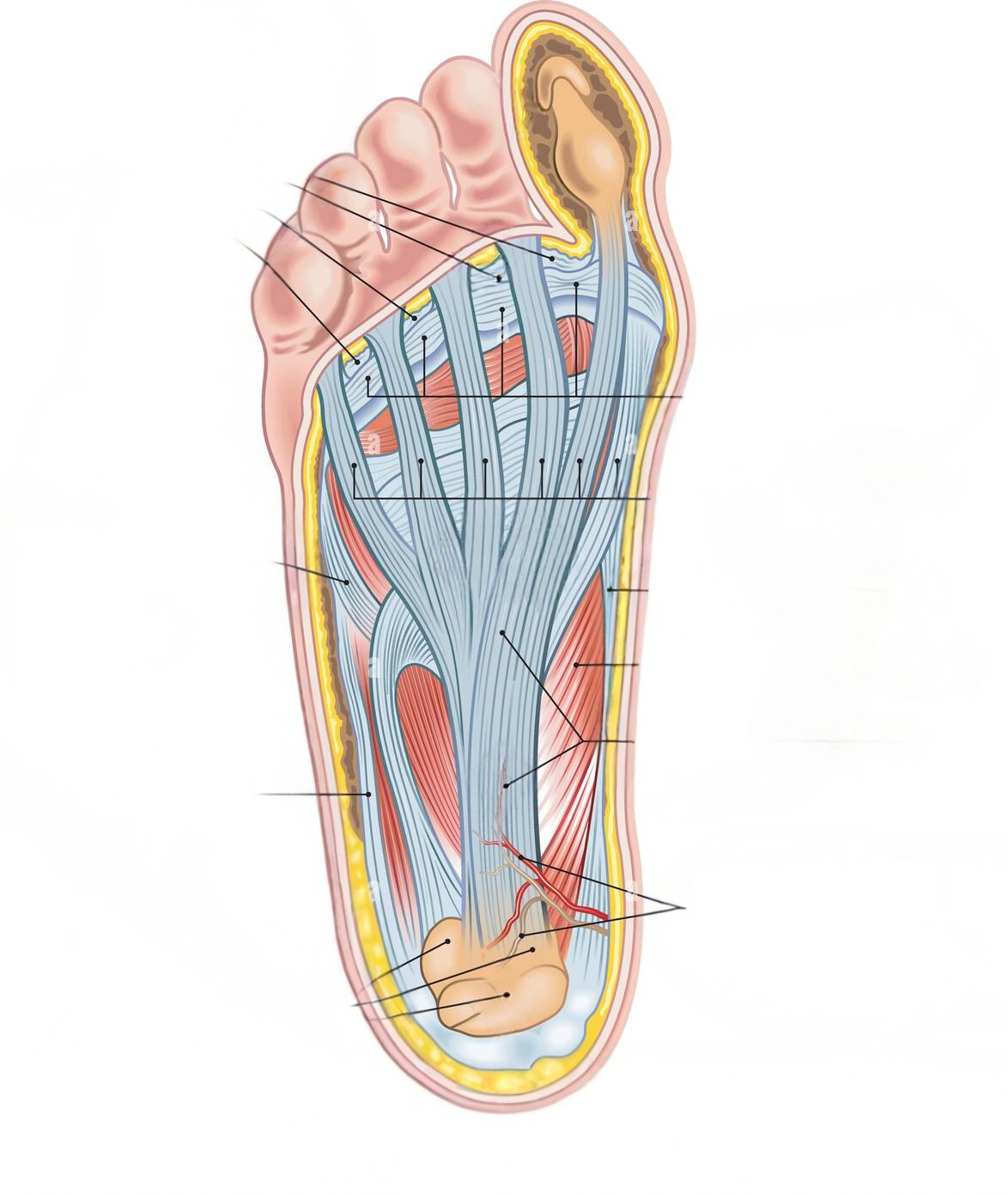
In the dynamic landscape of healthcare, changes in reimbursement policies can have far-reaching effects on the quality of care provided to patients. As a medical writer specializing in the evaluation of the podiatry market, it’s crucial to shed light on the recent cut in Medicare reimbursement and its potential implications for both physicians and beneficiaries. This SEO-optimized blog post aims to explore why the reduction in reimbursement may lead to a decline in the quality of care, especially considering the current economic challenges such as inflation.
Understanding the Medicare Reimbursement Cut
The recent decision to cut Medicare reimbursement has sent ripples through the healthcare community. Physicians, including podiatrists, are grappling with the impact of reduced reimbursements for the services they provide to Medicare beneficiaries. This change raises concerns about the sustainability of quality care, particularly in the podiatry field where specialized services play a vital role in the overall well-being of patients.
Effects on Quality of Podiatric Care
Financial Strain on Physicians
One of the immediate consequences of the reimbursement cut is the financial strain it places on podiatrists. The reduction in reimbursement rates comes at a time when physicians are already facing challenges due to inflation and rising operational costs. This financial pressure can directly translate into a decrease in resources available for maintaining high standards of care.
Impact on Access to Advanced Technology
Podiatric care often involves the use of advanced technologies for diagnosis and treatment. The reduction in reimbursement can limit the ability of physicians to invest in these technologies, hindering their capacity to provide cutting-edge care. This, in turn, may lead to a lag in adopting new and more effective podiatric interventions, impacting the overall quality of services.
Attrition of Experienced Practitioners
Experienced podiatrists, with years of expertise, may find it increasingly challenging to sustain their practice with reduced reimbursement. This could result in a potential loss of skilled practitioners from the field, impacting the overall quality of podiatric care. The knowledge and experience of seasoned physicians contribute significantly to the comprehensive and effective treatment of patients.
The Ripple Effect: Irreparable Harm to Physicians
Compounding Effect of Inflation
In the current economic climate, inflation compounds the challenges faced by healthcare providers. The reduced purchasing power of the reimbursement, coupled with increased costs for supplies, equipment, and staff salaries, creates a compounding effect. This compels physicians to make difficult choices in allocating resources, often at the expense of investing in quality improvement initiatives.
Strain on Small Practices
Smaller podiatric practices, in particular, may bear the brunt of the reimbursement cut. These practices often operate on tighter budgets, and any reduction in reimbursement can have a disproportionately significant impact. Maintaining a high standard of care becomes increasingly difficult, potentially leading to a decline in services offered to Medicare beneficiaries.
FAQ Section: Addressing Concerns
Q: Why did Medicare implement the reimbursement cut?
A: Medicare may adjust reimbursement rates based on various factors, including budgetary considerations, healthcare policy changes, and efforts to control overall healthcare spending.
Q: How will the reimbursement cut affect podiatrists’ ability to invest in patient care?
A: The reduction in reimbursement may limit podiatrists’ capacity to invest in advanced technologies, continuing education, and other resources necessary for optimal patient care.
Q: What can physicians do to navigate these challenges?
A: Physicians can explore alternative revenue streams, consider operational efficiencies, and advocate for policy changes to address the financial challenges posed by reimbursement cuts.
Q: How can patients advocate for continued quality podiatric care?
A: Patients can stay informed about healthcare policy changes, support initiatives that aim to protect physicians’ financial stability, and engage with policymakers to express concerns about potential impacts on healthcare quality.
Conclusion: Navigating Uncertain Terrain
The recent cut in Medicare reimbursement presents a challenging landscape for podiatrists striving to deliver quality care. The intersection of reduced reimbursements and inflationary pressures raises valid concerns about the sustainability of high-quality podiatric services. As the healthcare community navigates these uncertainties, collaboration between policymakers, physicians, and patients becomes crucial to ensure that the impact on the quality of care is minimized, and the well-being of Medicare beneficiaries remains a top priority.




